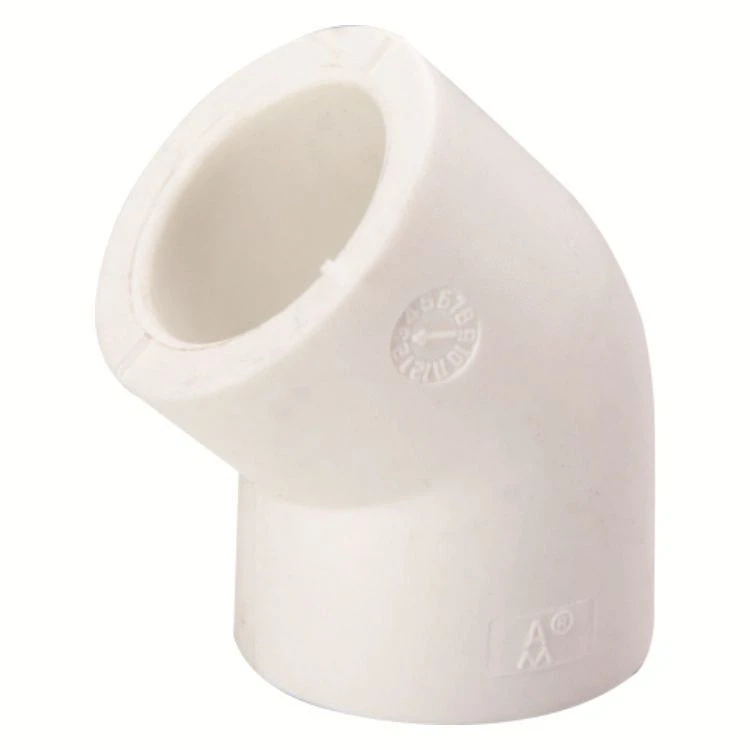PERT Pipe System
Why Choose Us
High quality
All of our pipe is capable of being ultrasonic tested providing you with less downtime and cost savings VS.
Innovation
We are dedicated to improving our systems continually, ensuring that the technology we offer is always cutting edge.
Competitive price
We have professional sourcing team and cost accounting team, stive to reduce cost and profit and provide you a good price.
24H online service
Our customer support team is available 24/7 to answer any questions or concerns you may have.
What is a PERT Pipe System
PERT pipe system is a type of plumbing system, which uses Polyethylene of Raised Temperature (PERT) pipes. PERT pipes are flexible, durable, and easy to work with. They are designed to withstand high temperatures and pressure, making them ideal for use in residential and commercial buildings. The pipes are available in different sizes and colors, and they are connected together using fittings and connectors.





















